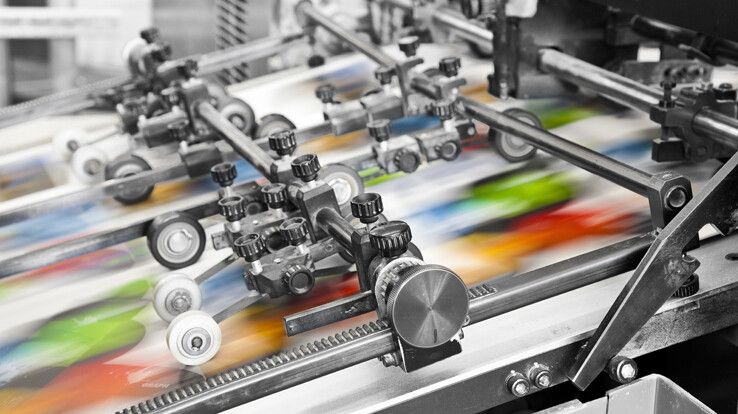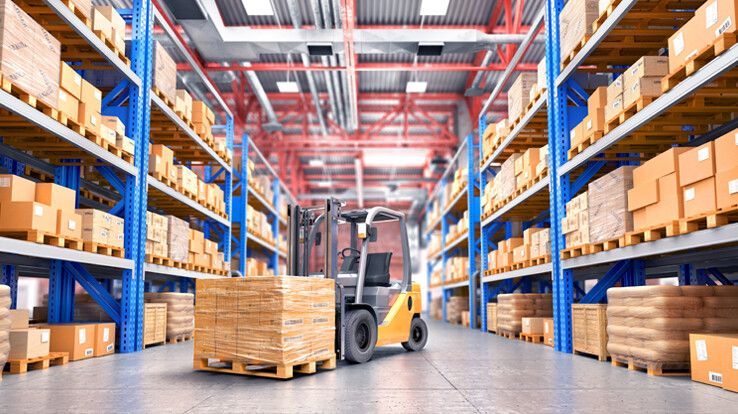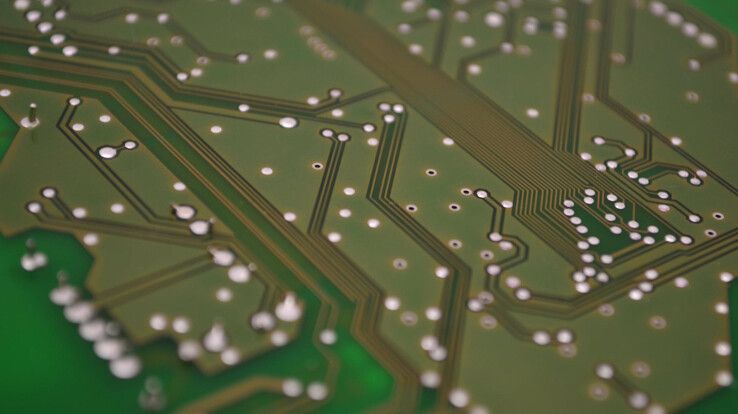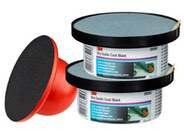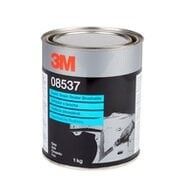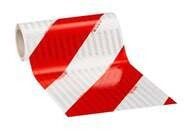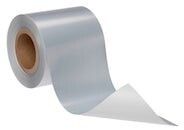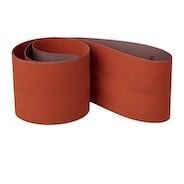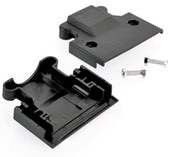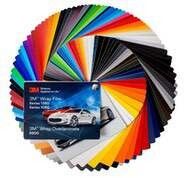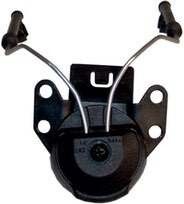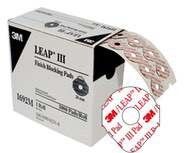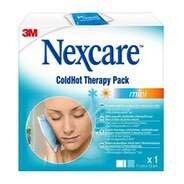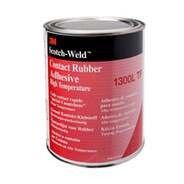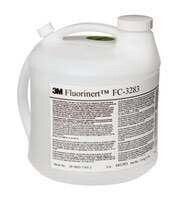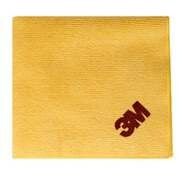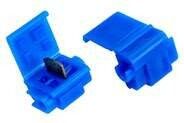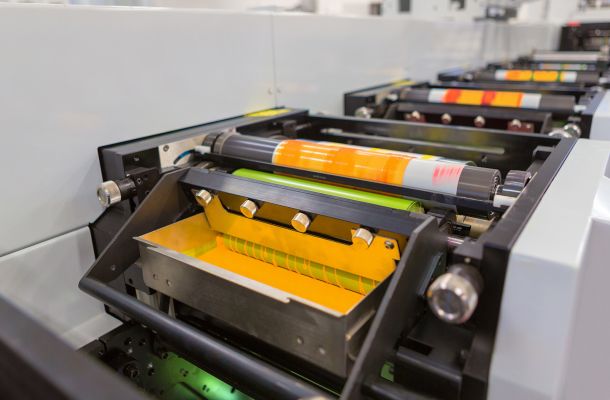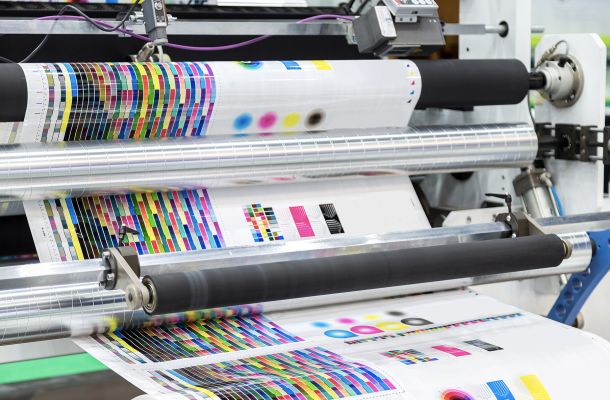Flexographic printing: what to know about it?
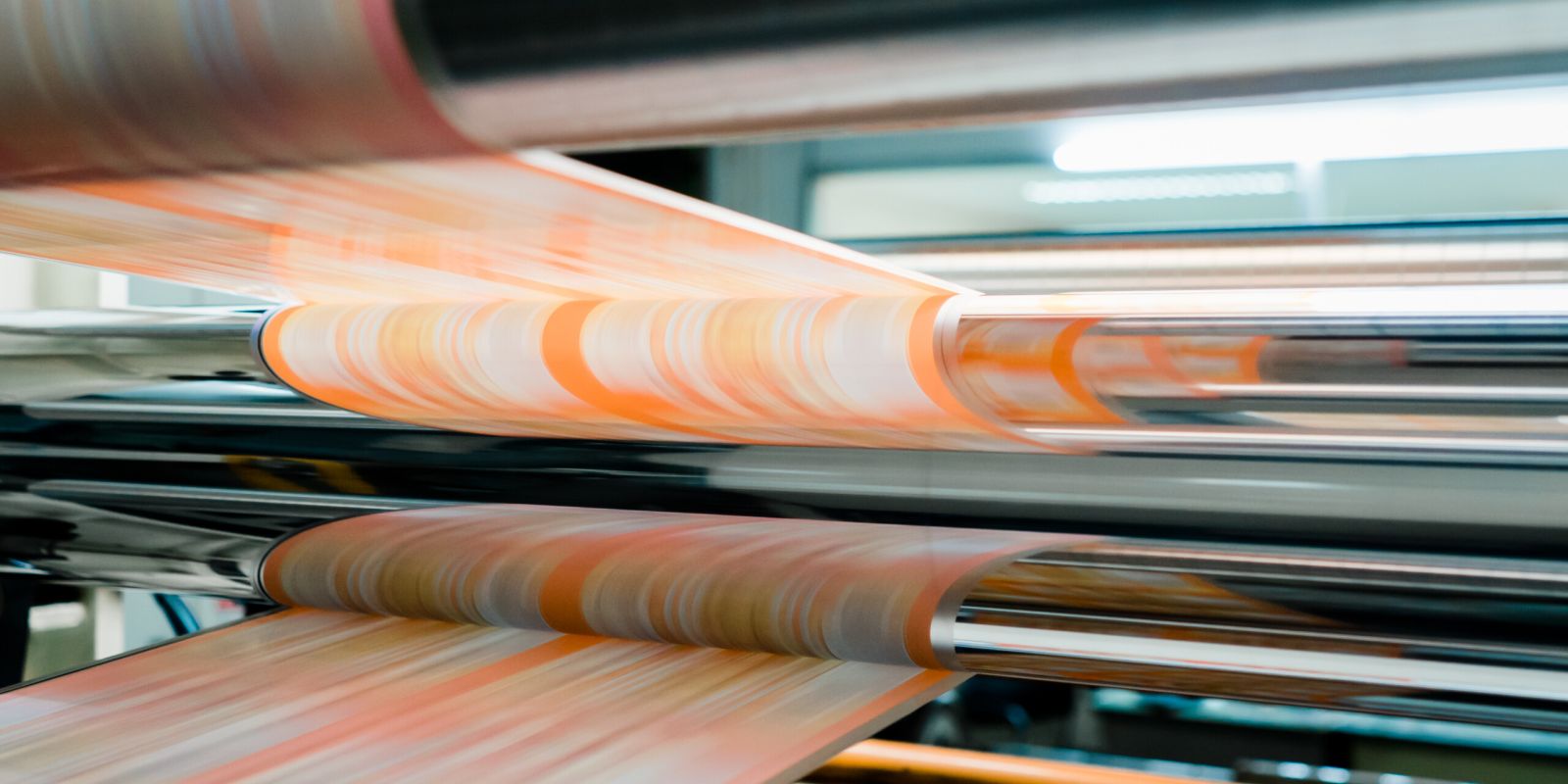

Previously we have covered the brief history of flexographic printing in our blog. Now, let us take a look at what flexographic printing is actually and how and where we use it.
Briefly summarized: flexographic printing is a letterpress printing technology where we print from a rotation, that is from a roll. In this case, the plate is flexible (that is where the term ‘flexographic’ comes from); it is either rubber or plastic. Since fast-drying ink is used for this type of printing, and since it is ideal for a large number of copies, the main field of use of flexographic printing is packaging.
Characteristics of flexographic printing
During flexographic printing, the surface of the plate protrudes out of the plane of the plate cylinder, but unlike in letterpress printing, an anilox roller containing ink cells is used to apply the ink to the plate, which is different from other printing methods. While the ink consumption within sheets is controlled by zone screws in letterpress- and offset printing, it is not required on flexographic printing presses because the amount of ink needed to evenly ink the plate is continuously supplied by the anilox roller, and the unused ink does not accumulate on the anilox roller.
The plate in flexographic printing (cliché) is a flexible plate, which is glued onto a cylinder or a sleeve with specific systems of washers or it is a flexible endless plate on a sleeve. This can be rubber or photopolymer. (In the past, only rubber plates were used.) Some of the advantages of photopolymer plates are that the plate can be created quickly and simply, they can be used for a large number of copies and they can be used multiple times. It is important to note that – depending on the print media – a wide variety of ink can be used during production.
Flexographic printing has become a crucial sector of packaging industry, and it can be used especially in case of materials that cannot be printed on or to a limited extent. Such materials are flexible stretch films, fibrous materials, paperboard, corrugated sheets, various types of plastic or aluminum. Typical products of high quality prepared with flexographic printing are corrugated cardboard boxes, plastic shopping bags, self-adhesive labels, napkins but also envelopes, gift wrapping papers and wallpapers.
The scope of printable materials is also diverse as it can be paper, cardboard, corrugated sheet, plastic or aluminum foil.
More articles
Flanker Plusz Kft.
Contact Details
Boti Street, 100.


